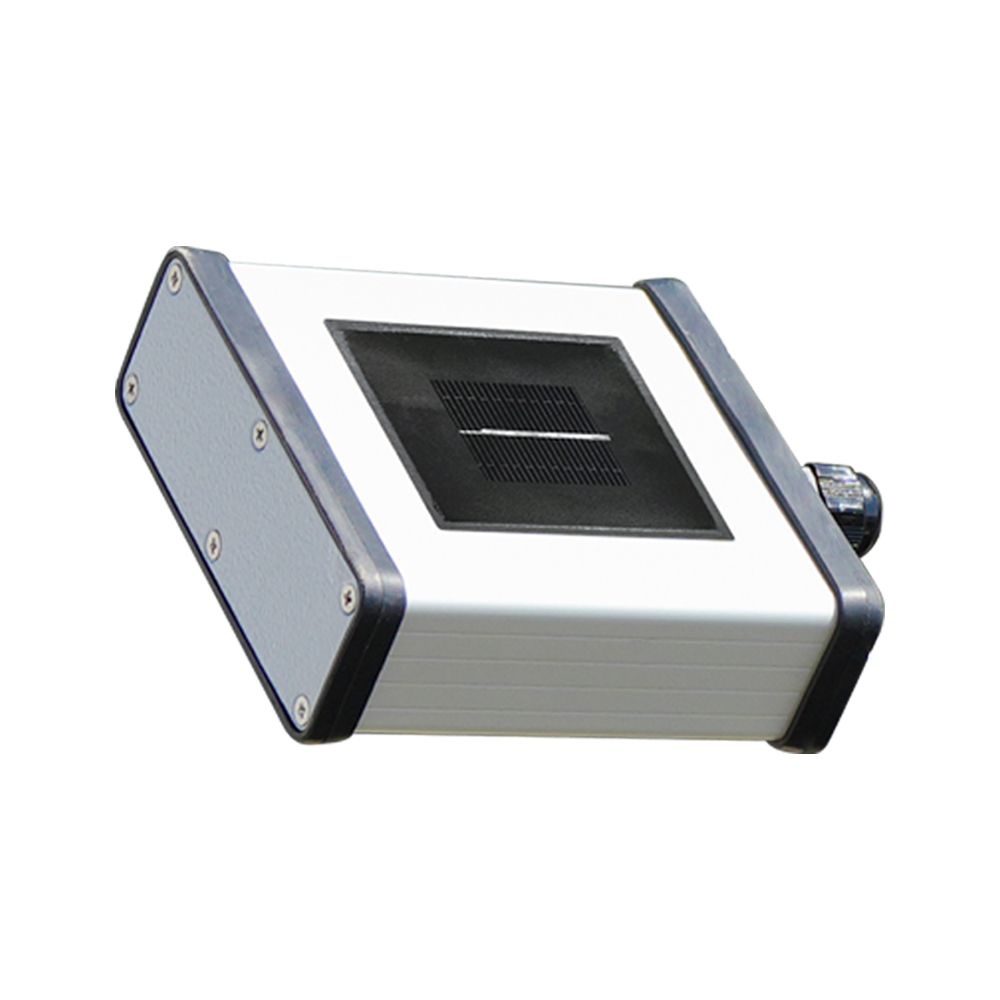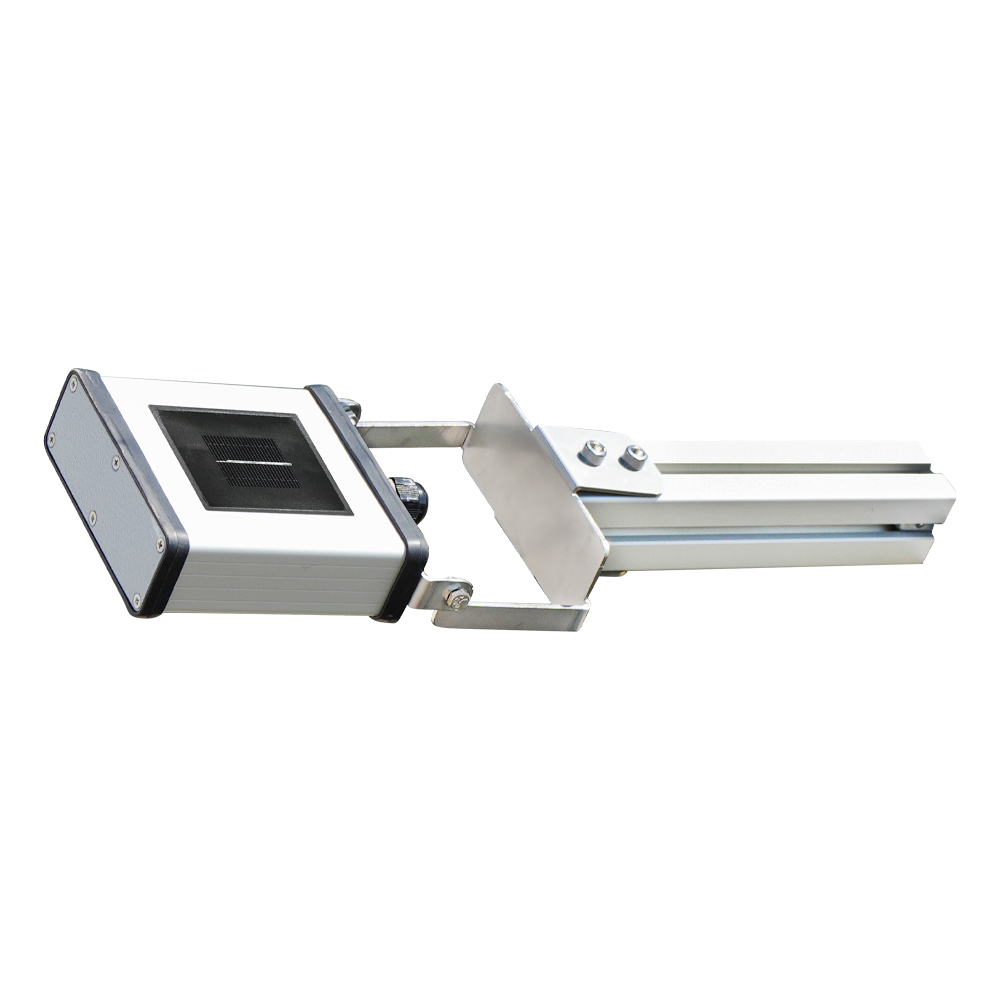Your cart is currently empty!
Albedometer
The Albedometer is used to measures the irradiance values as well as the albedo ration of bifacial panels. Besides the mentioned measurements, it includes also the Internal cell Temperature Sensor. It is supplied along with Mounting Bracket and Cable.
All measured meteorological data are transferred to dataloggers and
receiver units via a 2-wire RS485 bus with Modbus RTU protocol.
The PV Albedometer provides the needed data to calculate the performance ratio and measure the solar albedo when bifacial panels are used.
Category: Products
TECHNICAL DATA
| Item Code | 3S-ALBEDO |
| Sensor Type | Silicon Reference Cell (31 x 31 mm) |
| Measured Data | POA Irradiance, Reflected Irradiance and Solar Albedo |
| Irradiance Range | 0 – 1600 W/m² |
| Uncertainty | ≤1,2% (less than 2%; as per IEC 61724-1 standard Class A) |
| Resolution | 0.1 W/m² (less than 1 W/m²; as per IEC 61724-1 standard Class A) |
| Response Time | 1 s (less than 3 sec; as per IEC 61724-1 standard Class A) |
| Field of View | 170° (Larger than 160° as per IEC 61724-1 standard Class A) |
| Tilt-Azimuthal Angle | 0°- 0° (≤1°; as per IEC 61724-1 standard Class A) |
| Output Rate | 1/s |
| Data Output | RS485 up to 38400 Baud |
| Communication Protocol | Modbus RTU |
| Power Supply | 12 to 30 V DC |
| Power Consumption | 20 mA max @24 VDC |
| Electrical Connection | 3 m LIYYC11Y PUR Cable, UV and Weather Resistant |
| Galvanic Isolation | 1000 V between power supply and RS485 bus |
| Operating Temperature Range | -40°C to + 85°C |
| Operating Humidity Range | 0 to 100 % |
| Box Dimensions | 140 mm x 110 mm x 42 mm (W x L x H) |
| Weight | 0.3 kg |
| IP Rating | IP54 (Optional IP 65, IP 68) |
| Sensor Housing Material | Aluminum |
| Standard | IEC 61724-1:2021 and IEC 60904 |
| Calibration | Each sensor is calibrated under Class AAA Sun Simulator as per IEC 60904-2 and IEC 60904-4 by using a reference cell calibrated by ISFH-Germany |

